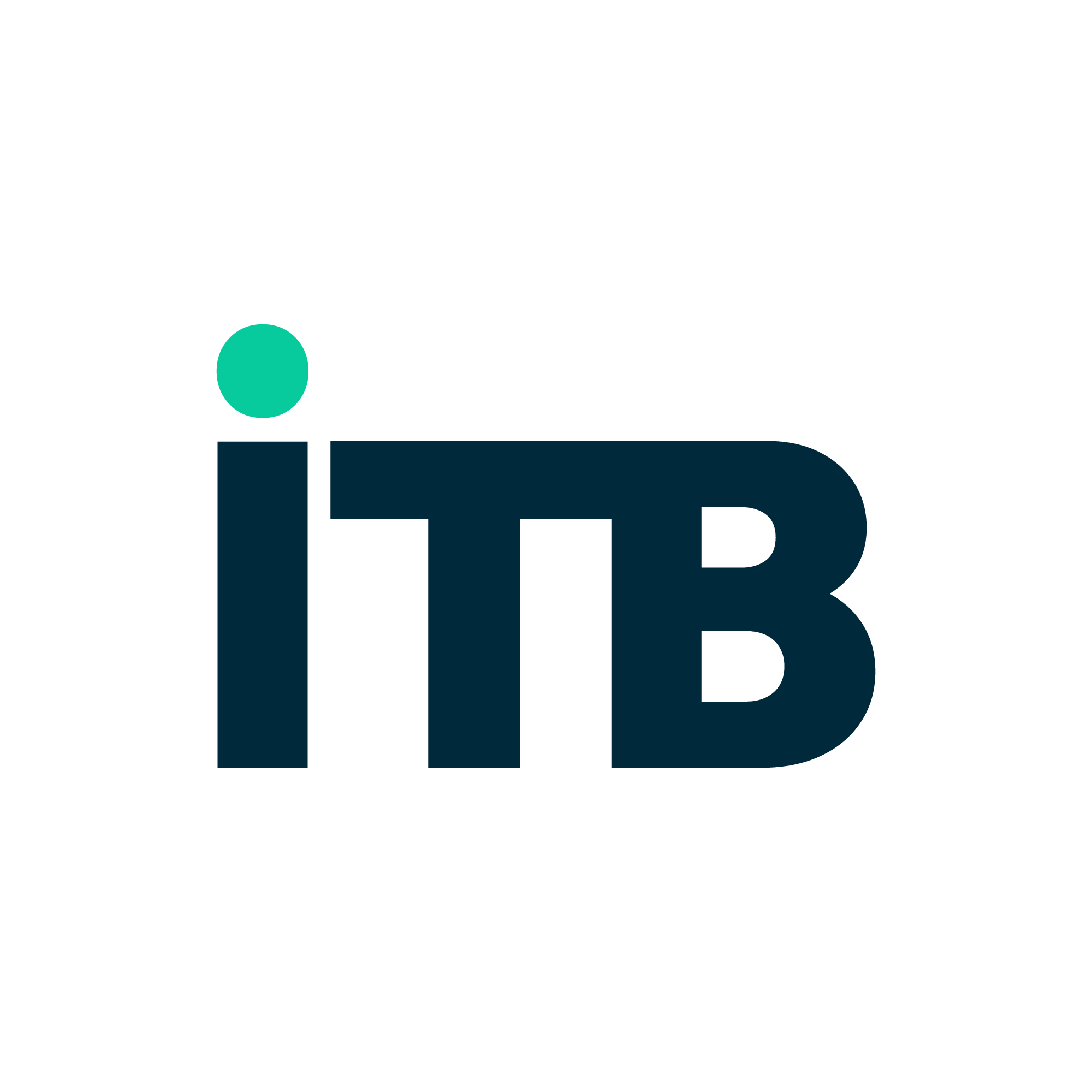In today’s digital economy, data isn’t just abundant — it’s mission-critical. And to make sense of it all, the financial world is turning to AI and machine learning (ML) not as experiments, but as core pillars of modern banking.
From smart fraud detection to personalized financial coaching, AI and ML are transforming how banks operate, make decisions, and serve customers. For FinTech startups and legacy banks alike, these technologies are not a luxury — they’re a competitive edge.

Why AI and ML Are Perfect for Financial Services
Banking and FinTech generate massive amounts of structured and unstructured data daily — transaction records, behavior patterns, credit histories, and more. AI and ML can process and learn from this data faster and more accurately than any human team.
These technologies bring:
Automation to repetitive tasks
Speed to data analysis and decision-making
Accuracy to risk evaluation
Personalization to customer experiences
Prediction to fraud and behavior models
Let’s dive into how these benefits show up in real-world banking and FinTech environments.
1. AI-Powered Customer Service
Gone are the days of waiting on hold. Today, AI-powered chatbots and voice assistants handle thousands of inquiries per minute with near-human accuracy.
What it delivers:
24/7 support availability
Multilingual and contextual understanding
Instant responses and query resolution
Learning from past interactions to improve over time
These smart assistants reduce human workload and improve customer satisfaction simultaneously.
2. Fraud Detection and Risk Management
AI thrives on pattern recognition — which makes it ideal for spotting anomalies in financial behavior.
ML models can:
Flag unusual transactions in real time
Detect identity theft through biometric and behavioral analytics
Monitor new fraud patterns across global networks
Reduce false positives by learning from historic behavior
Banks using AI for fraud detection are catching threats faster and more accurately than traditional rule-based systems.
3. Smart Credit Scoring and Lending Decisions
Traditional credit scoring relies on limited historical data. AI and ML, on the other hand, can assess non-traditional data like:
Utility payments
Social signals
Mobile usage
Spending behavior
This allows FinTechs to approve more loans while still minimizing risk, and to offer micro-lending to underserved populations with precision.
4. Personalized Banking and Financial Wellness
AI doesn’t just analyze — it recommends.
From helping users set saving goals to suggesting investment strategies, AI creates highly personalized experiences based on customer behavior and financial habits.
Examples:
Nudging users to save after detecting a salary credit
Categorizing expenses and suggesting smarter budgeting
Offering product suggestions (e.g., insurance, credit cards) tailored to lifestyle
This kind of personalization increases engagement, trust, and retention.
5. Algorithmic Trading and Investment Management
AI and ML are transforming wealth management, too — with:
Robo-advisors making real-time market decisions
Algorithmic trading systems optimizing for millisecond profits
Portfolio management platforms adjusting based on user goals and risk tolerance
These tools are democratizing investing, making it more accessible and affordable for all.
6. AI in Compliance and Regulatory Reporting
Compliance can be a massive burden for financial institutions. AI helps by:
Monitoring communications for insider trading or fraud
Automatically flagging and generating regulatory reports
Ensuring compliance with changing laws and standards
Detecting AML (Anti-Money Laundering) behaviors in bulk data
The result: lower costs and higher accuracy in staying compliant.
AI Isn’t Replacing Banking — It’s Reinventing It
The future of banking isn’t human vs. machine — it’s human + machine.
AI and machine learning aren’t here to eliminate jobs. They’re here to amplify intelligence, speed, and reach, making financial services more efficient, secure, inclusive, and customer-centric.
As FinTech and banking continue to converge, the winners will be those who embed AI at the core of their infrastructure, not just at the surface.
Because in the next phase of financial evolution, intelligence will be the new currency — and AI is how you earn it.




